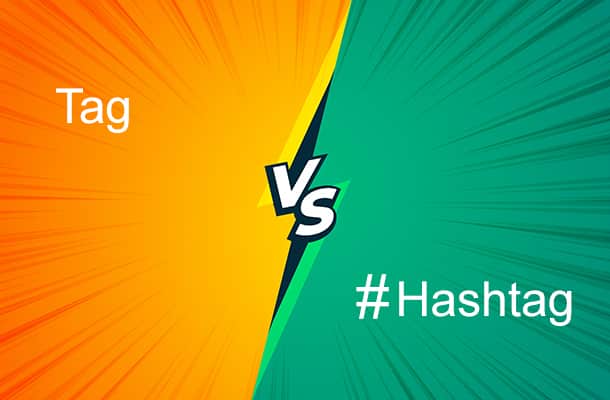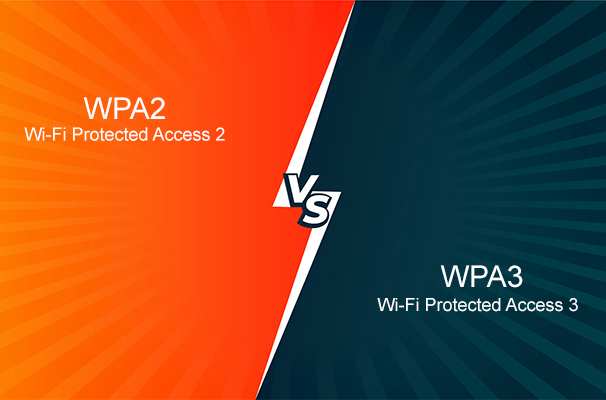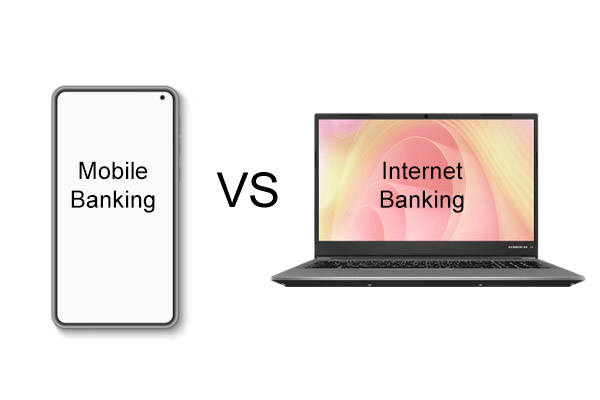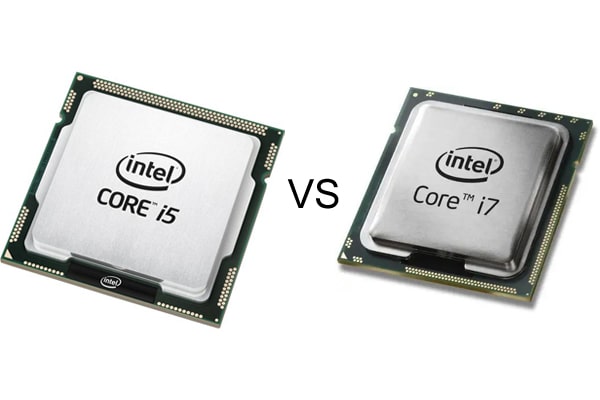Discover the key distinctions between the Lifeline and Affordable Connectivity Program (ACP). Both programs aim to provide affordable communication services to low-income households, but they differ in eligibility, benefits, and delivery methods. Lifeline offers up to $30 per month discount on voice or broadband services, while ACP provides up to $30 per month discount on broadband services, with an enhanced benefit of up to $75 for households on Tribal lands. Eligibility for Lifeline requires an income at or below 135% of the federal poverty guidelines, while ACP extends eligibility to households at or below 200% of the federal poverty guidelines, as well as households participating in specific government programs. Lifeline participants must choose a participating service provider, while ACP participants have the freedom to choose any participating provider. By understanding these differences, individuals can make informed decisions and leverage the appropriate program to access affordable and essential communication services.
What is the Lifeline Program
The Lifeline Program, established in 1985, is a government initiative designed to assist low-income households in affording essential communication services. This program offers a monthly discount of up to $30 on voice or broadband services, easing the financial burden on eligible individuals.
Funding for Lifeline is provided by the Universal Service Fund (USF), which adds a small surcharge to all telecommunications bills. This ensures the sustainability and availability of the program to those in need.
To qualify for Lifeline, households must have an income at or below 135% of the federal poverty guidelines. Additionally, applicants must meet specific residency criteria.
What is the Affordable Connectivity Program (ACP)
The Affordable Connectivity Program (ACP) was introduced in 2021 as a replacement for the Emergency Broadband Benefit (EBB) program. This innovative initiative aims to provide affordable access to broadband services, bridging the digital divide for low-income households.
Under the ACP, eligible participants can enjoy a monthly discount of up to $30 on broadband service. However, for households residing on Tribal lands, the discount is even more substantial, reaching up to $75 per month.
Funding for the ACP is derived from the Universal Service Fund (USF) and the American Rescue Plan Act of 2021, ensuring sustainable and widespread coverage.
To qualify for the ACP, households must meet specific income and residency criteria. Specifically, the program extends eligibility to households at or below 200% of the federal poverty guidelines, as well as those with at least one member participating in certain government programs.
Unlike Lifeline, ACP participants have the freedom to select any participating service provider. This flexibility empowers individuals to choose the provider that best suits their needs, offering a personalized and tailored connectivity experience.
Difference Between Lifeline and ACP Programs
When it comes to bridging the digital divide, both the Lifeline and Affordable Connectivity Program (ACP) play crucial roles in providing affordable communication services to low-income households. However, there are notable differences between the two initiatives.
- In terms of eligibility, Lifeline is available to households with incomes at or below 135% of the federal poverty guidelines. On the other hand, the ACP extends eligibility to households at or below 200% of the federal poverty guidelines, as well as households with at least one member participating in specific government programs. This broader criterion opens doors for more individuals to benefit from the ACP.
- Regarding benefits, Lifeline offers a discount of up to $30 per month on voice or broadband services. In contrast, the ACP provides a discount of up to $30 per month on broadband services, with an increased benefit of up to $75 per month for households residing on Tribal lands.
- Another distinction lies in delivery. Lifeline participants are required to choose a participating service provider, whereas ACP participants have the freedom to select any participating service provider. Furthermore, ACP participants can even combine their ACP benefit with their Lifeline benefit, maximizing their savings on communication services.
Understanding these differences can help eligible individuals make informed decisions and leverage the appropriate program to meet their communication needs while staying within their budget.
Eligibility Requirements for the Lifeline Program: Opening Doors to Communication
The Lifeline program serves as a vital lifeline for low-income households, providing discounted phone or internet services in the United States. To benefit from this program, individuals must meet specific eligibility requirements, ensuring that assistance reaches those who need it most. Let’s delve into the general criteria for Lifeline program eligibility:
- Income-Based Eligibility: Individuals must have an income that falls at or below 135% of the federal poverty guidelines. Alternatively, they may qualify if they participate in select assistance programs. These programs include Medicaid, Supplemental Nutrition Assistance Program (SNAP), Federal Public Housing Assistance (FPHA), Supplemental Security Income (SSI), and various tribe-specific assistance programs.
- Participation in Federal Assistance Programs: Eligibility can also be established if individuals or their household members participate in specific federal assistance programs. Examples of such programs include Veterans Pension and Survivor’s Benefit Programs, Bureau of Indian Affairs General Assistance, and Tribally-Administered Temporary Assistance for Needy Families (TANF).
- Tribal-Specific Criteria: Recognized tribal communities may have additional eligibility options and program availability tailored to their unique circumstances. It’s crucial for tribal members to explore the specific criteria and opportunities provided by their tribes.
It’s worth noting that Lifeline program eligibility criteria may slightly vary from state to state, as states have the flexibility to establish their own requirements within federal guidelines. For precise details and application procedures, it is advisable to consult the specific Lifeline program in your state.
By understanding and meeting these eligibility requirements, individuals can gain access to essential communication services, empowering them to stay connected, pursue educational opportunities, and seek employment. The Lifeline program strives to bridge the digital divide, ensuring that no one is left behind in the ever-evolving world of communication.
Eligibility Requirements for the Affordable Connectivity Program (ACP): Unlocking Access to Connectivity
The Affordable Connectivity Program (ACP) is dedicated to ensuring that affordable communication services reach those in need. To be eligible for the ACP, certain requirements must be met. Let’s explore the eligibility criteria for this program:
Income
Eligibility is extended to households with incomes at or below 200% of the federal poverty guidelines. This criterion aims to assist individuals and families who may face financial constraints in accessing reliable connectivity.
Residency
ACP applicants must be residents of the United States, ensuring that the program benefits those within the country.
Citizenship
To qualify for the ACP, individuals must be U.S. citizens, lawful permanent residents, or members of a qualifying tribal group. This criterion ensures that the program supports a diverse range of individuals and communities.
Proof of Eligibility
Applicants must provide suitable proof of eligibility, such as a copy of their most recent income tax return, a letter from their state or local welfare agency, or a tribal identification card. This verification process helps ensure that the program reaches those who genuinely require assistance.
Participation in Certain Government Programs
Households participating in select government programs, such as the Supplemental Nutrition Assistance Program (SNAP), Medicaid, or the National School Lunch Program, may also qualify for the ACP. This provision recognizes that individuals benefiting from these programs may face additional financial challenges and need access to affordable connectivity.
Living on Tribal Lands
Residents of Tribal lands may be eligible for an enhanced ACP benefit of up to $75 per month, acknowledging the unique circumstances and connectivity needs of these communities.
In addition to the requirements mentioned above, there are additional eligibility pathways for the ACP. These include enrollment in a participating school or college, being a veteran or active duty military member, or being a victim of domestic violence or stalking. Individuals unsure of their eligibility can consult the Federal Communications Commission’s (FCC) website or reach out to their local service provider for guidance.
When applying for the ACP, individuals will typically need to provide specific documentation to prove their eligibility. This may include income documentation such as income tax returns, proof of residency such as driver’s licenses or utility bills, proof of citizenship or lawful permanent residency such as passports or tribal identification cards, and evidence of participation in other qualifying government programs.
Once the necessary documentation has been gathered, individuals can enroll in the ACP through the FCC’s website or by contacting their local service provider.
Are There Any Similarities Between Lifeline and ACP Programs?
Yes, there are indeed several similarities between the Lifeline and Affordable Connectivity Program (ACP):
- Both programs share the common goal of assisting low-income households in accessing essential communication services. They recognize the importance of connectivity in today’s digital world and aim to bridge the affordability gap.
- Both Lifeline and ACP programs provide discounts on voice or broadband services. This ensures that eligible individuals can enjoy reduced rates for the communication services they need to stay connected.
- Funding for both programs is derived from the Universal Service Fund (USF). The USF plays a pivotal role in supporting these initiatives and ensuring their availability to those who qualify.
- To be eligible for either program, households must meet specific income and residency requirements. This ensures that assistance reaches those who truly require it, prioritizing low-income individuals and families.
FAQs
Can I apply for both Lifeline and ACP programs at the same time?
Yes, if you meet the eligibility requirements for both programs, you can apply for and enroll in both. This can maximize your discounts and savings on communication services.
Are the discounts provided by Lifeline and ACP applied directly to my bill?
Yes, both Lifeline and ACP discounts are applied directly to your monthly bill for voice or broadband services. The discounted amount will vary depending on the program and your specific eligibility.
Do Lifeline and ACP programs offer any additional benefits or services?
While the primary focus of these programs is to provide discounted communication services, some service providers may offer additional benefits or services as part of their participation in these programs. It’s worth checking with your chosen service provider for any available extras.
What happens if my income or residency status changes after I enroll in Lifeline or ACP?
If there are changes in your income or residency status after enrollment, it’s important to inform the respective program administrators or your service provider. They can guide you on any necessary updates to ensure continued eligibility and compliance with program requirements.
Can I switch service providers while enrolled in Lifeline or ACP?
Yes, it is possible to switch service providers while enrolled in either program. However, it’s crucial to ensure that the new service provider participates in the specific program you are enrolled in. Before making any changes, contact your desired service provider to confirm their participation and ensure a smooth transition of your benefits.





